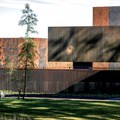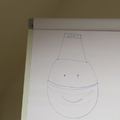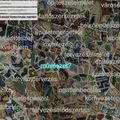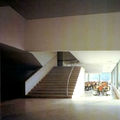Úgy látszik grafikai hetünk van: az előző infografika után itt egy arculatváltás: a New Yorki Whitney Múzeum új grafikai világa - logóval, naptárral, levélpapírral, mindennemű kétdimenziós megjelenéssel. A fenti videó jól mutatja meg az apró, lényegretörő gesztusokban megjelenő dinamikát, grafikai erőt, humort.
- forrás: dezeen.com -
Az arculatot a holland Experimental Jetset frissítette fel -kicsiny építészeti érdekesség hogy a múzeum ezzel együtt idén (a tervekkel ellentétben) nem tud még beköltözni az új, Renzo Piano tervezte épületbe, így egyelőre marad abban, amit Breuer Marcell tervezett 1966-ban.
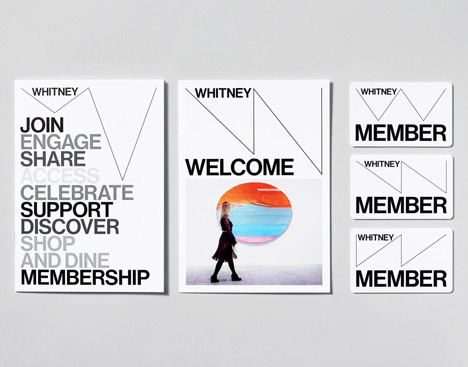
A folyamatosan változó W-betű a múzeum kezdőbetűje is, de a különböző grafikai történések kerete is:
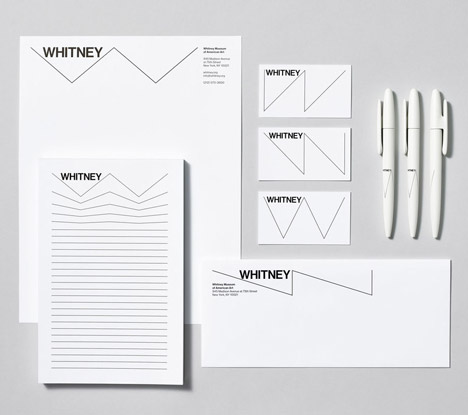
A cikk-cakk vonal gondolata számunkra a nem-egyszerűsített, a komplikált (és így jóval érdekesebb) művészettörténet metaforája - mondják a tervezők.
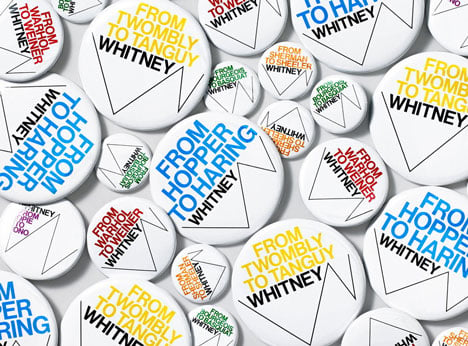
Ezzel együtt egy pulzálást is megjelenít: New York, Amerika szívverését. Megmutatja, hogy a Whitney (ki- és be)lélegző, egyszerre nyitott és zárt intézmény.
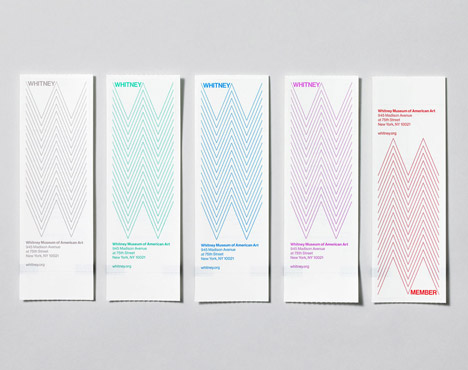
The designers specified Neue Haas Grotesk - a redrawn version of a 1950s Swiss typeface - for any text positioned alongside the logo, while any images can be positioned underneath.
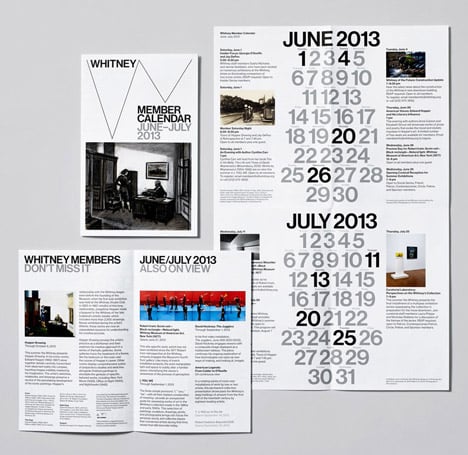
"We began to explore the possibilities of the W as a frame to put work in, or a stage to place work on," they explain. "The lines [of the W] can be seen as borders, arrows, connections [or] columns."
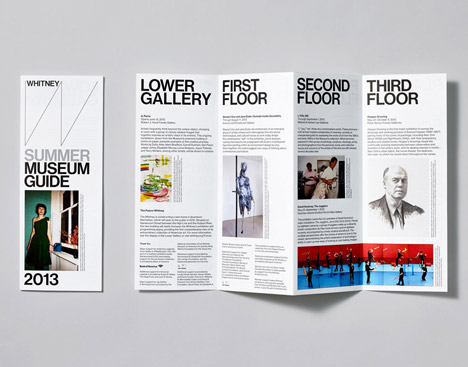
The new graphic identity replaces the Whitney's thirteen-year-old logo, designed by Abbott Miller of Pentagram, and marks a period of change that will see the museum relocate to a new building by architect Renzo Piano, set to open in 2015.
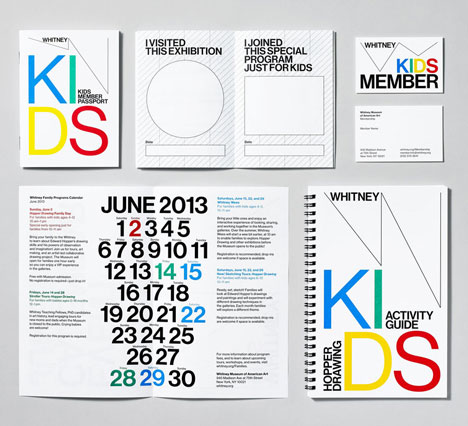
As the Whitney approaches the opening of its new building in 2015, museum staff are taking stock of all aspects of programming and operations. While much of this work is happening behind the scenes, one very visible aspect of this focus is the Whitney's graphic identity. While the museum has changed considerably in the thirteen years since it introduced the word mark designed by Abbott Miller of Pentagram, even more extensive institutional changes will come with the move downtown.
Two years ago, Museum staff began a thoughtful internal dialogue regarding the Whitney's graphic identity and selected the design studio Experimental Jetset to develop an approach which embraces the spirit of the Museum while serving as a visual ambassador for our new building. The result is a distinctive and inventive graphic system that literally responds to art — a fundamental attribute of the Whitney since its founding in 1930. This dynamic identity, which the designers refer to as the "responsive 'W'" also illustrates the Museum's ever-changing nature. In the upcoming years it will provide an important point of continuity for members, visitors, and the public during the transition to the new space.

